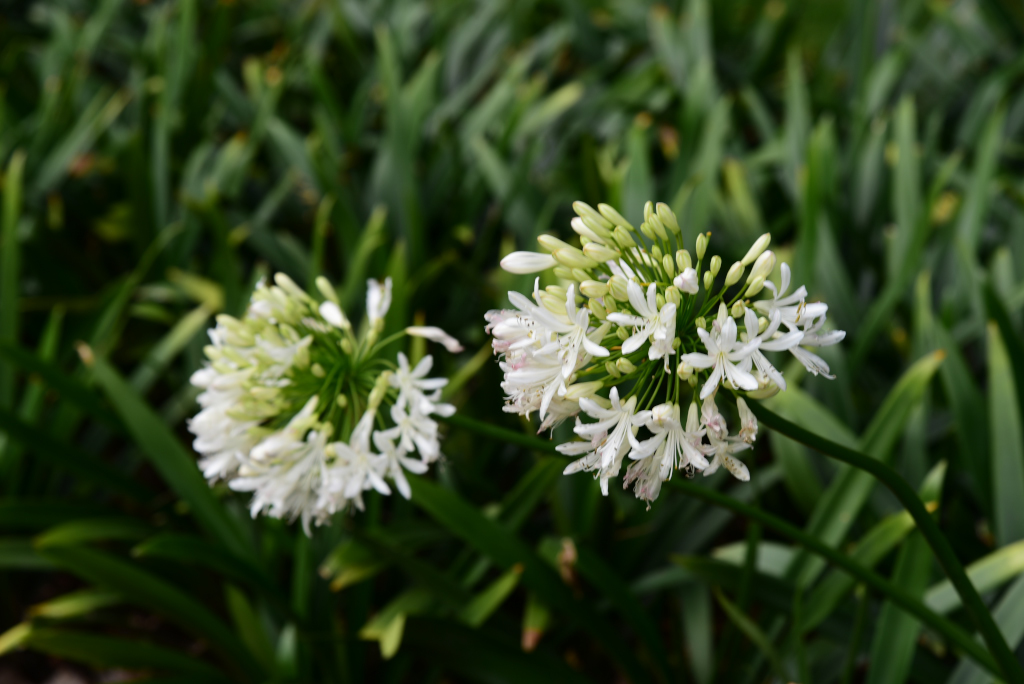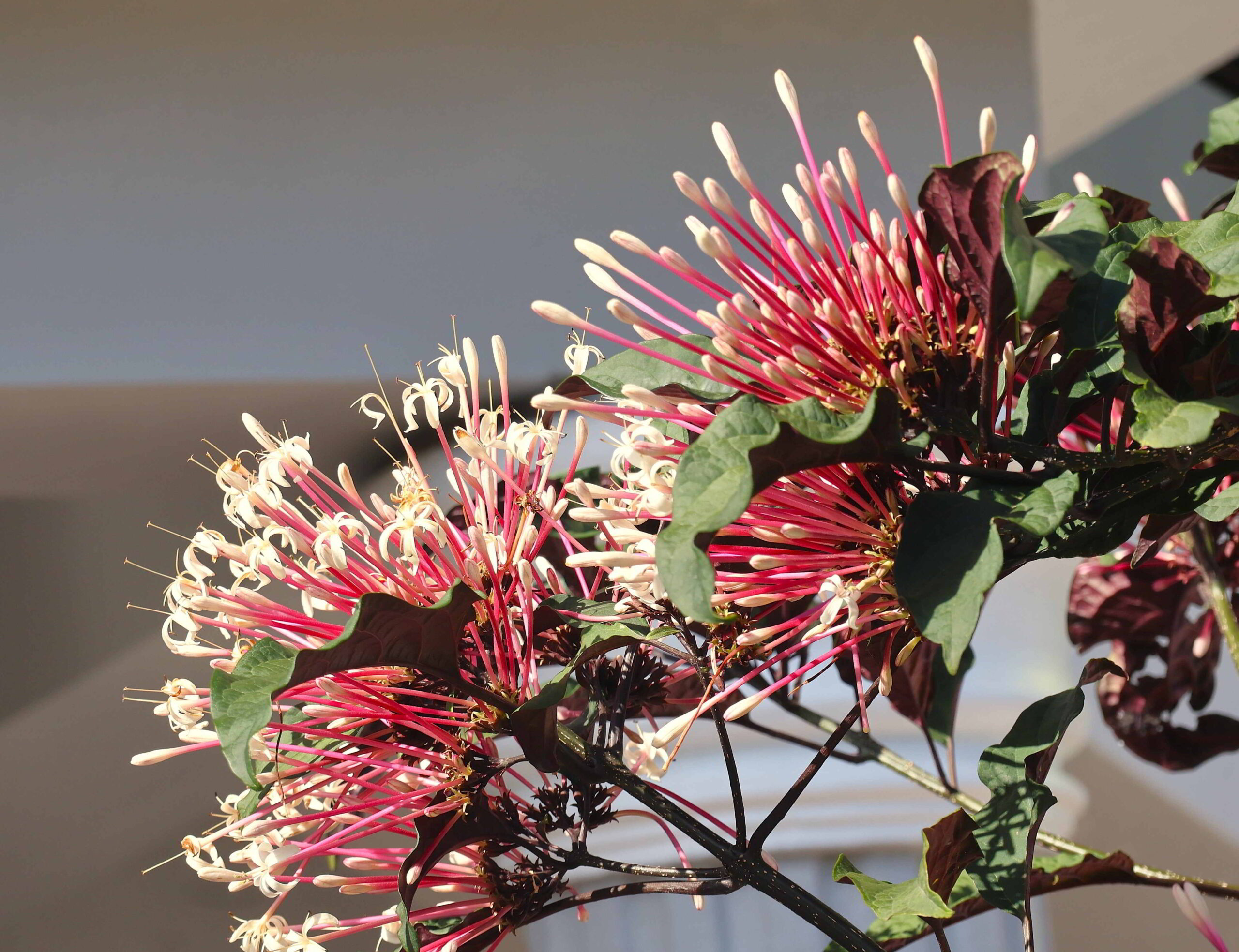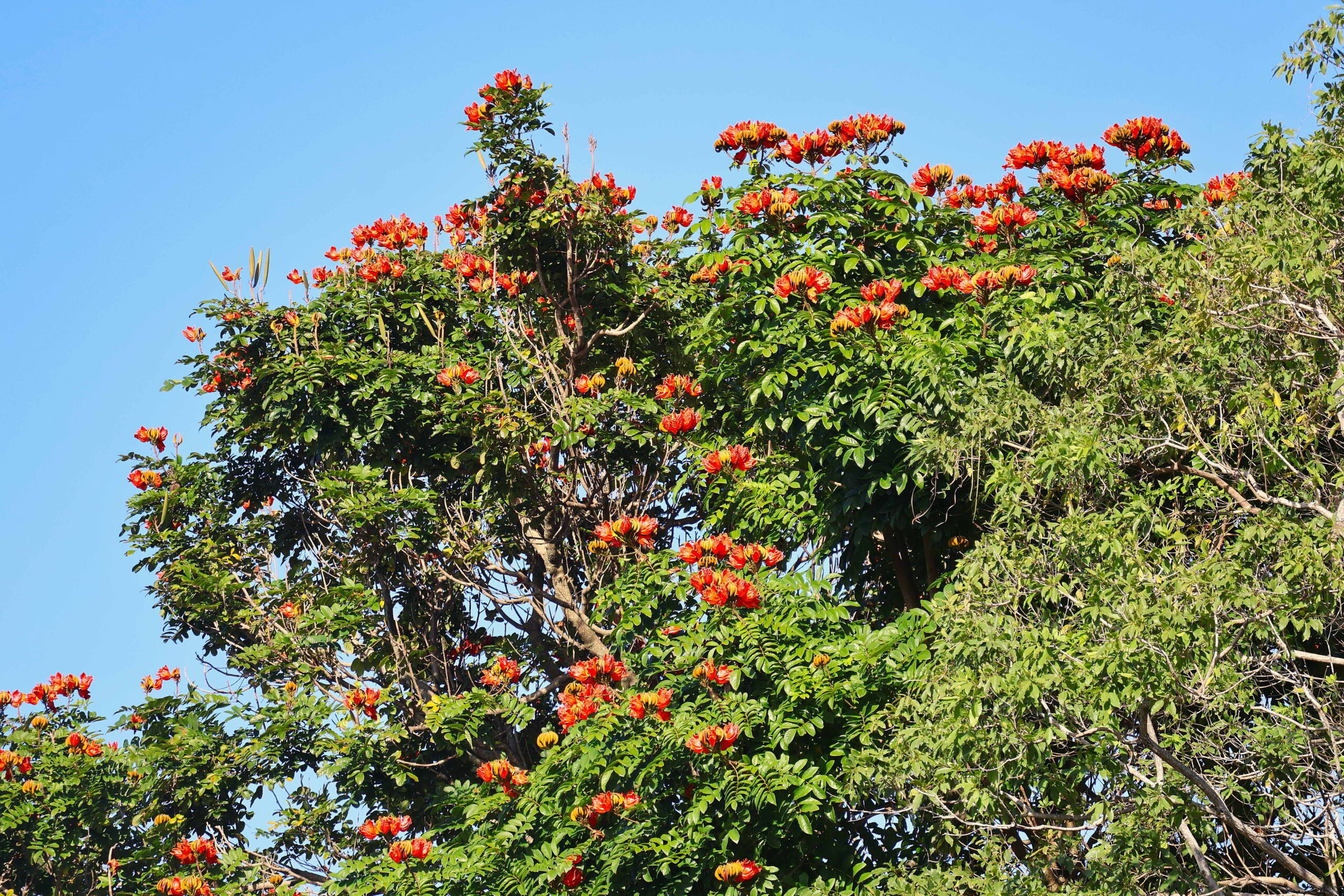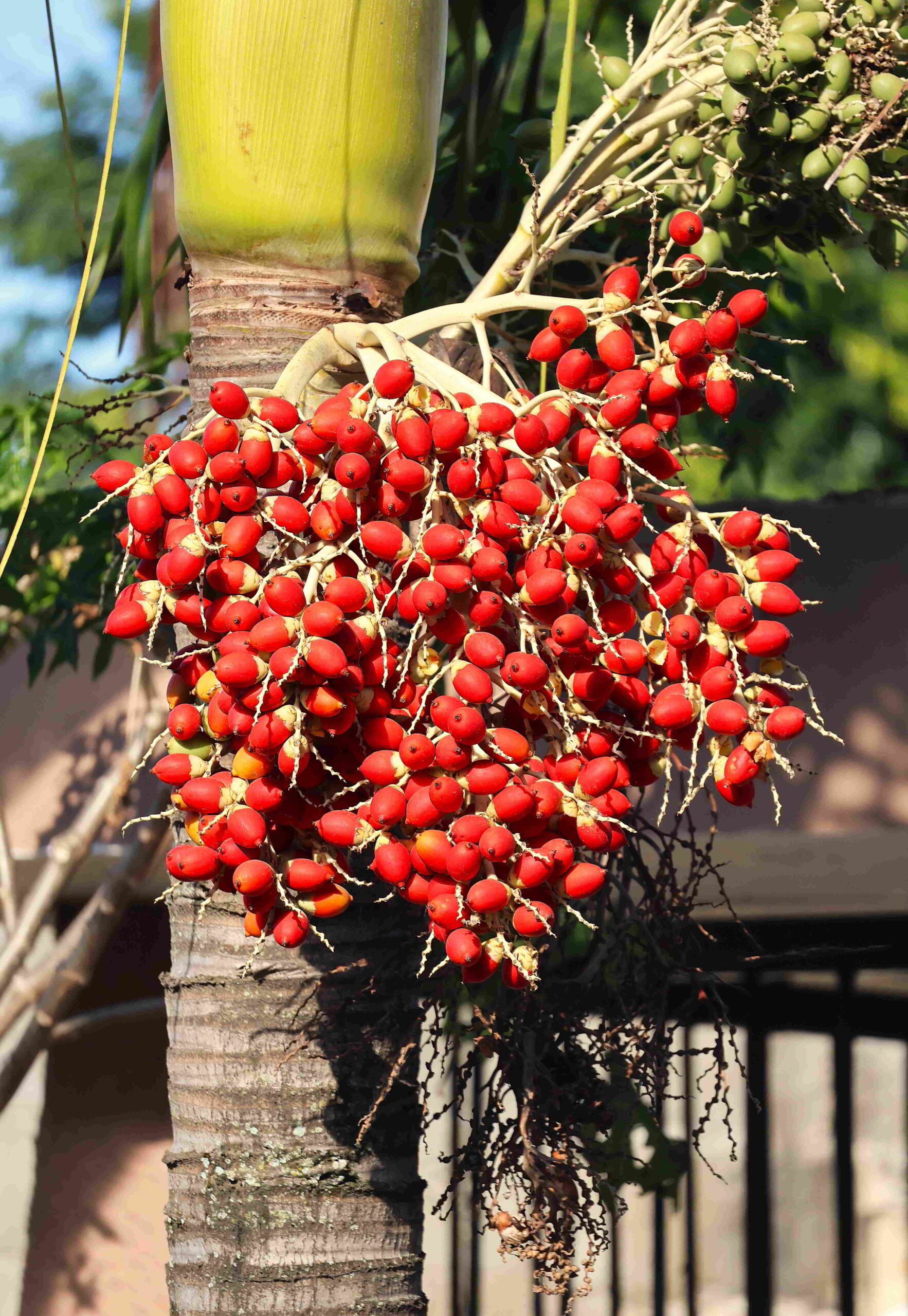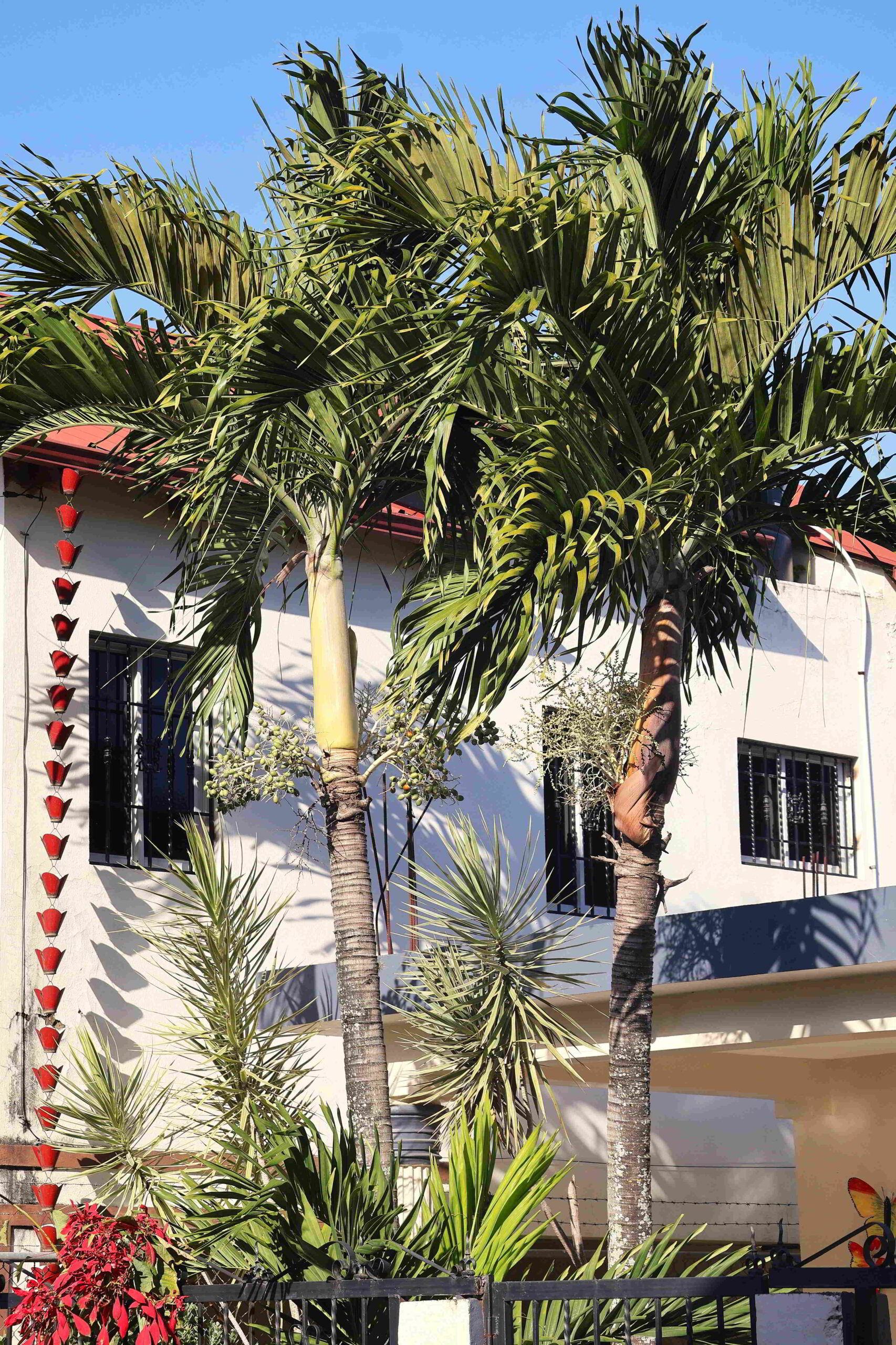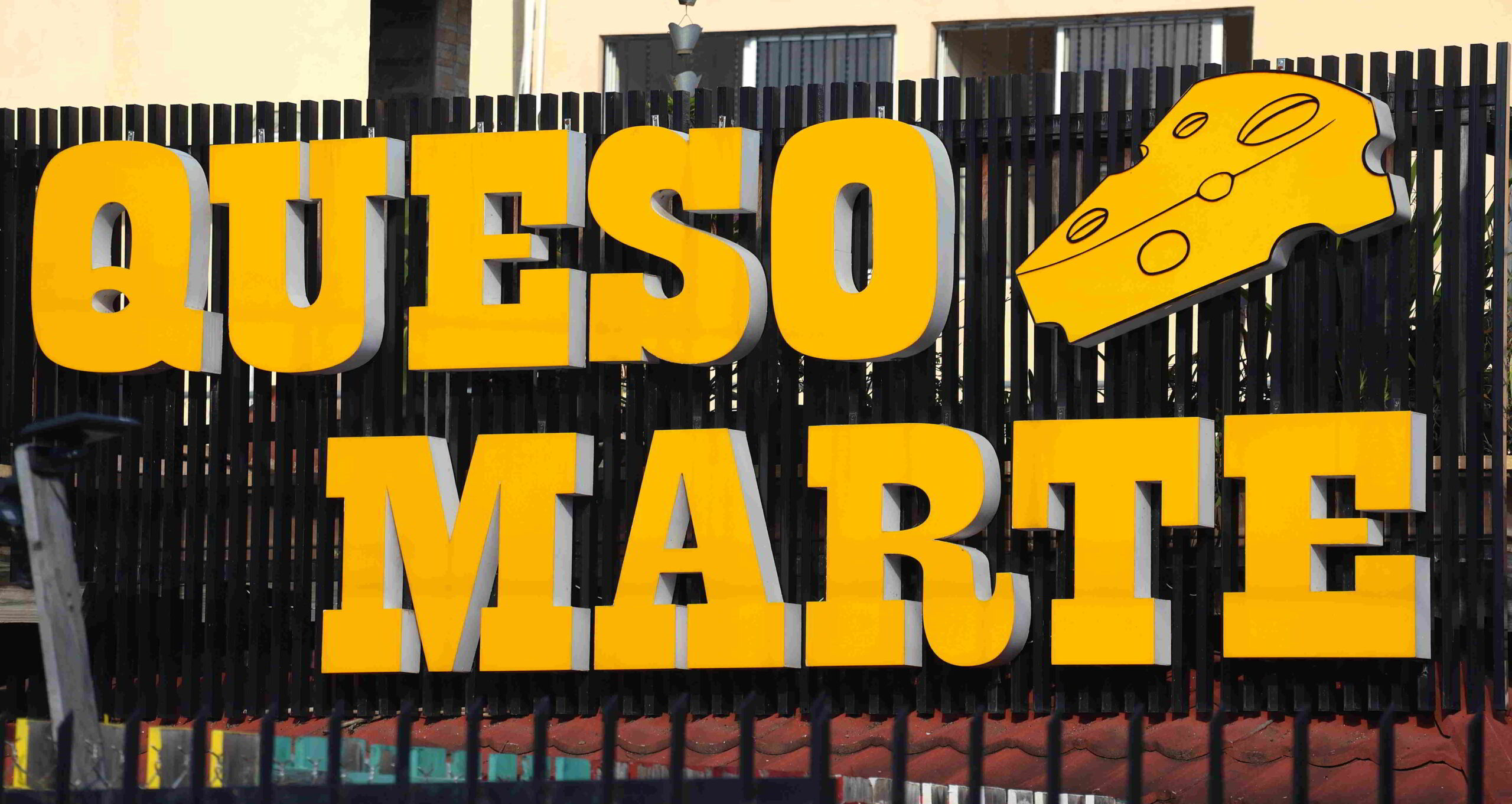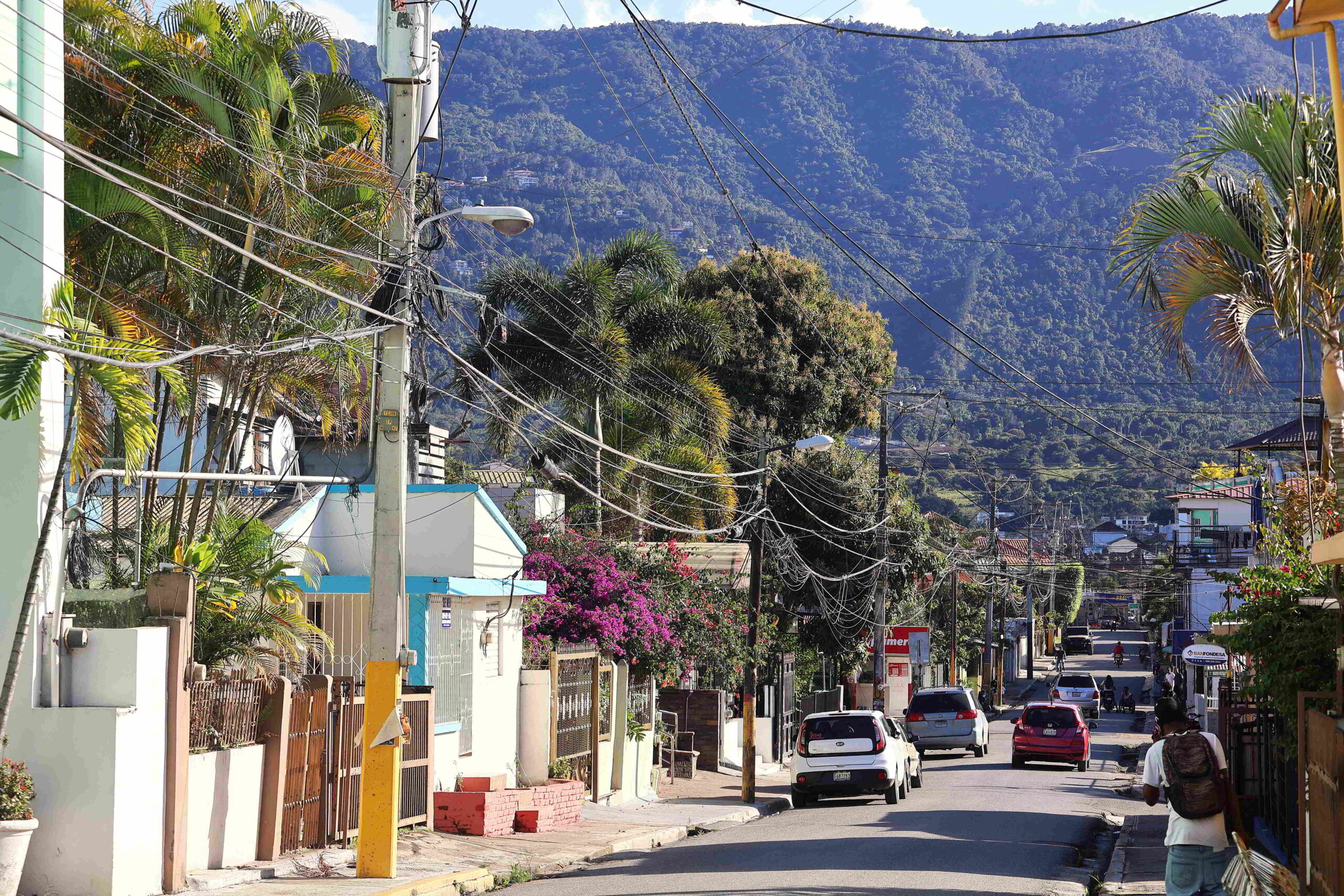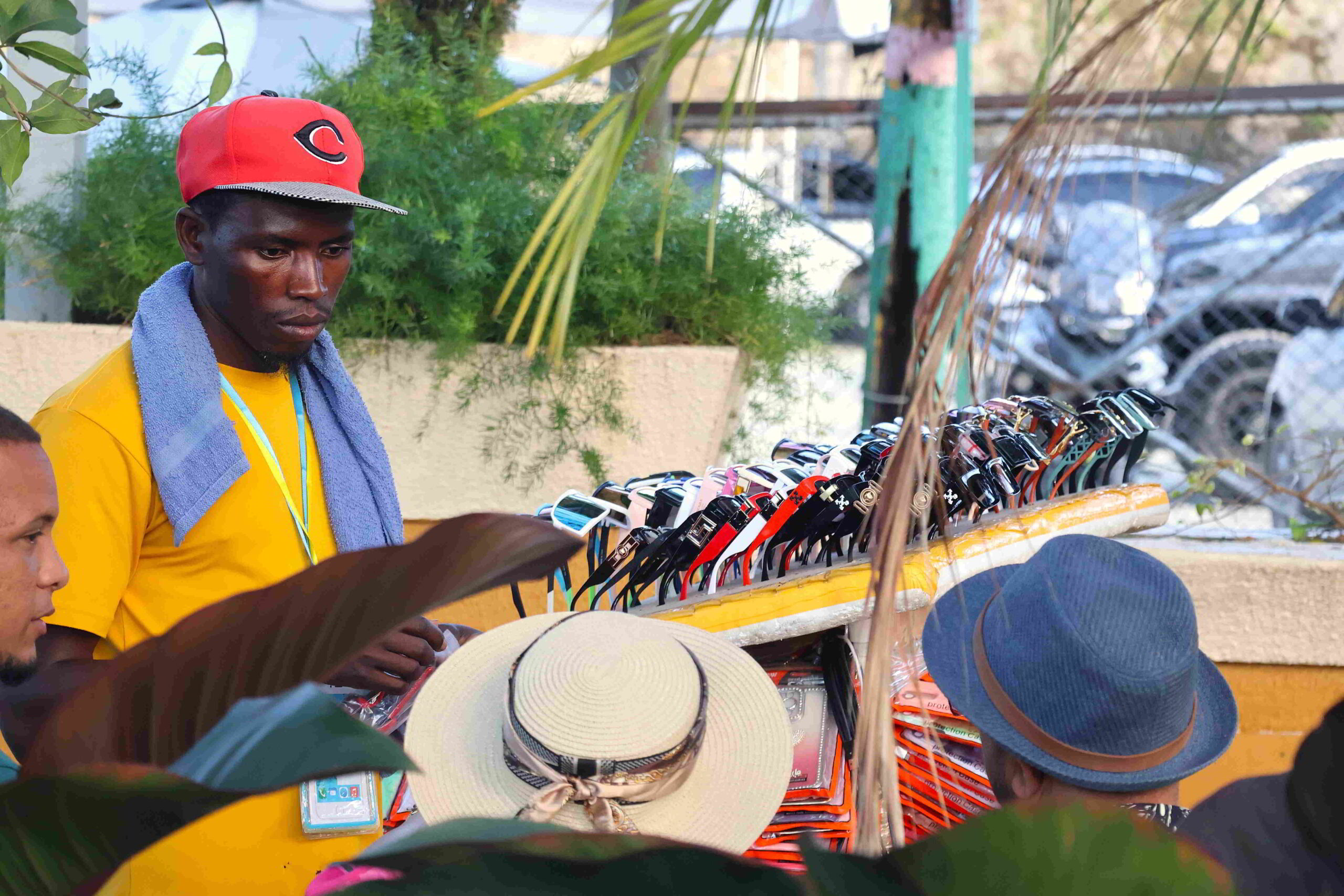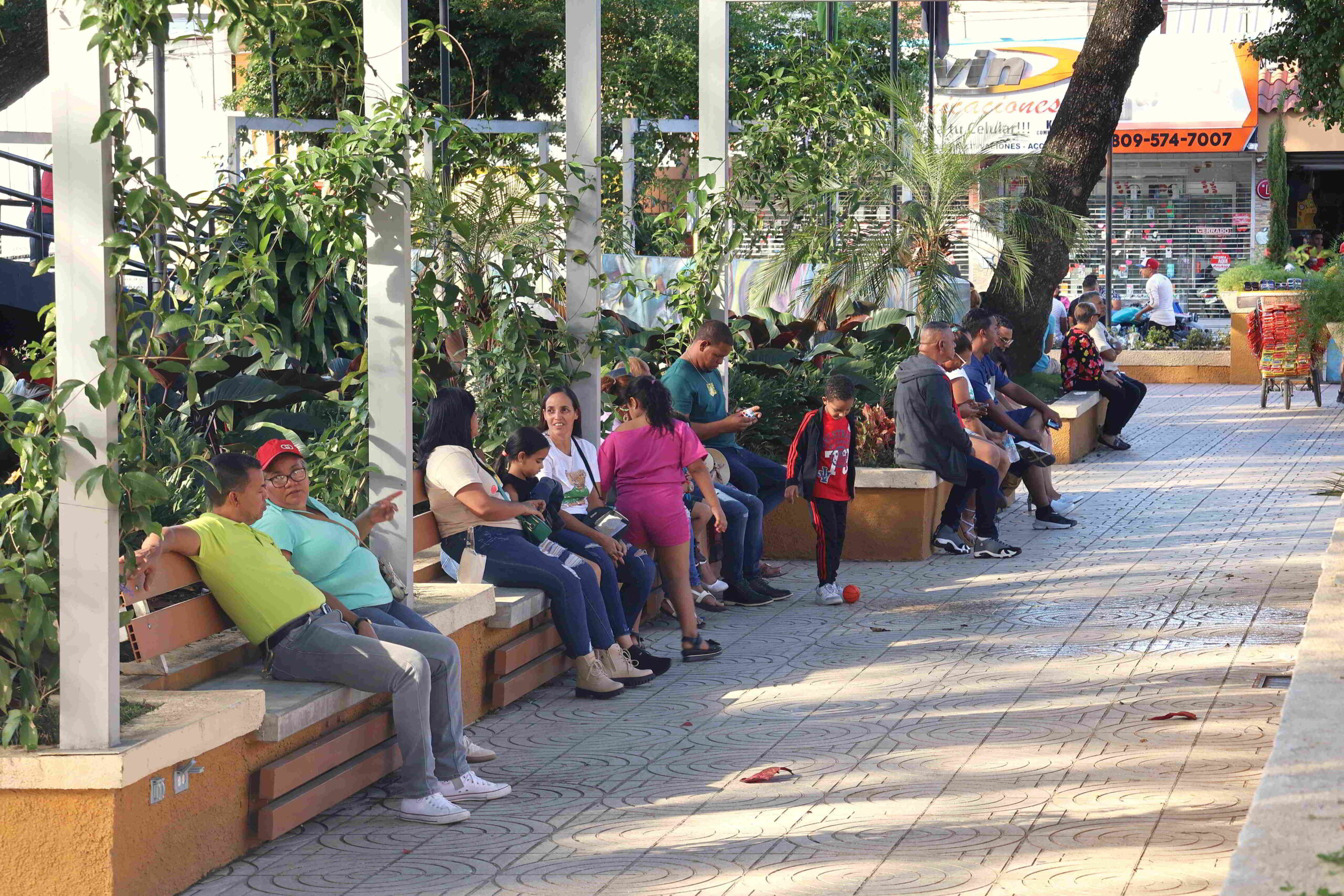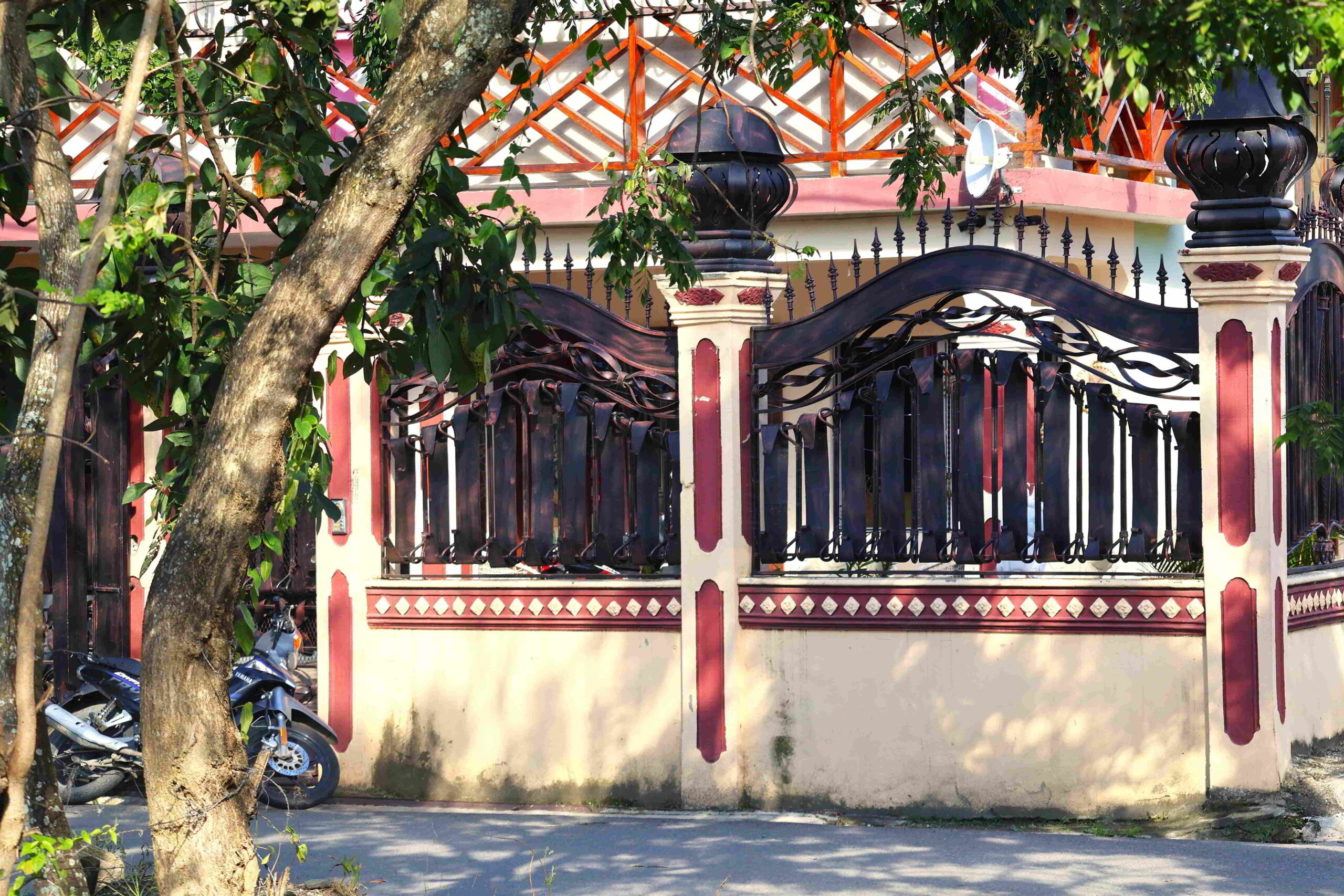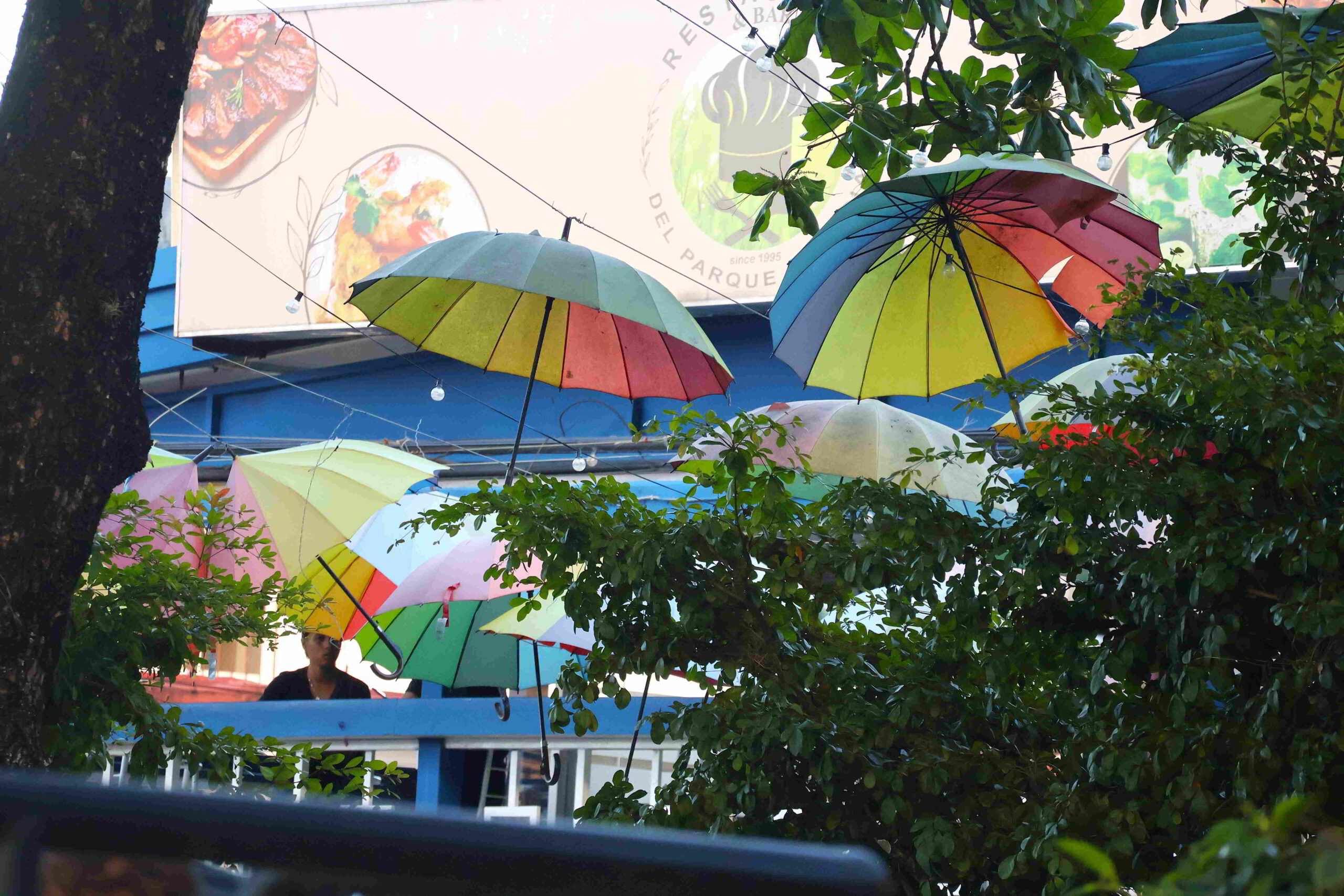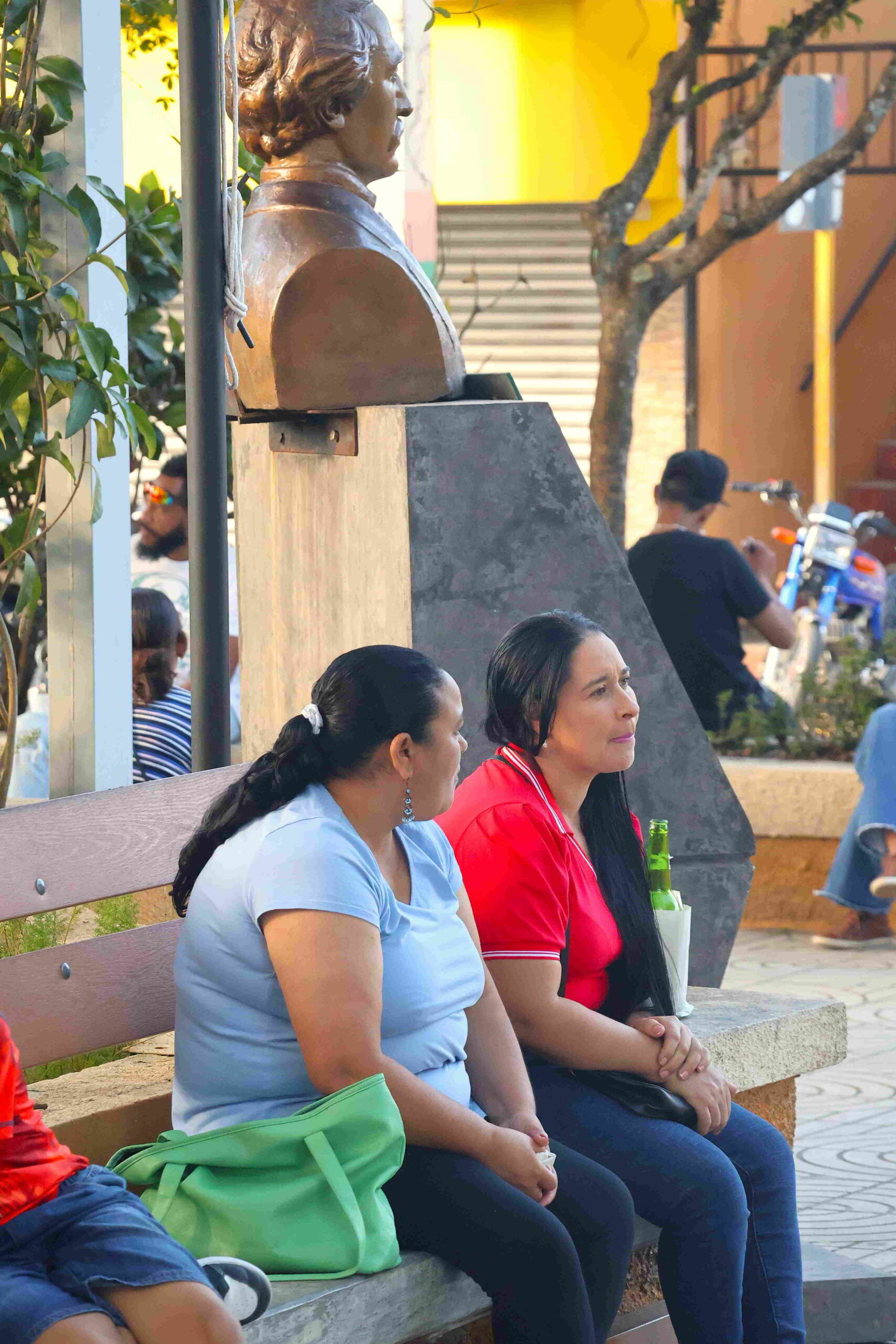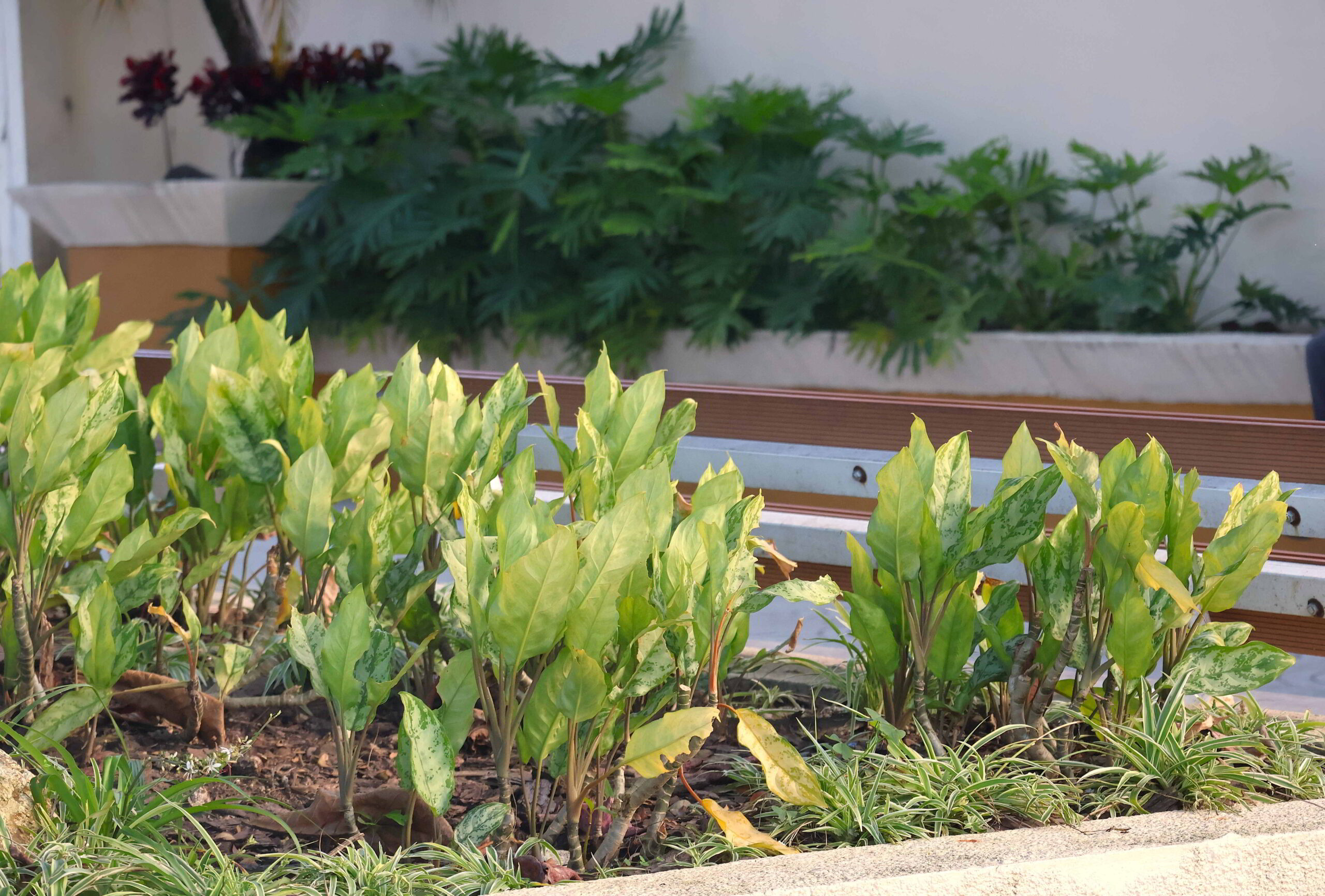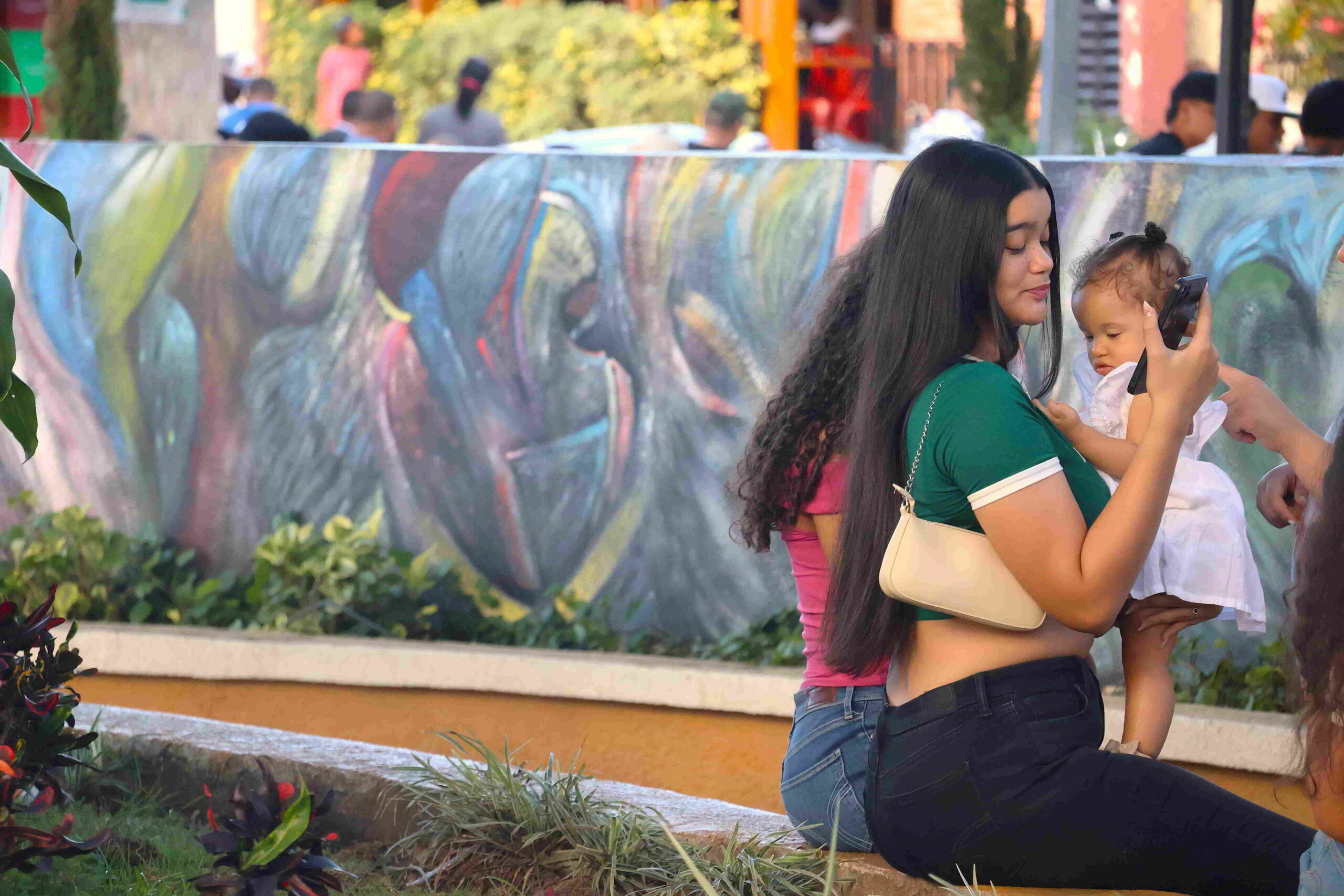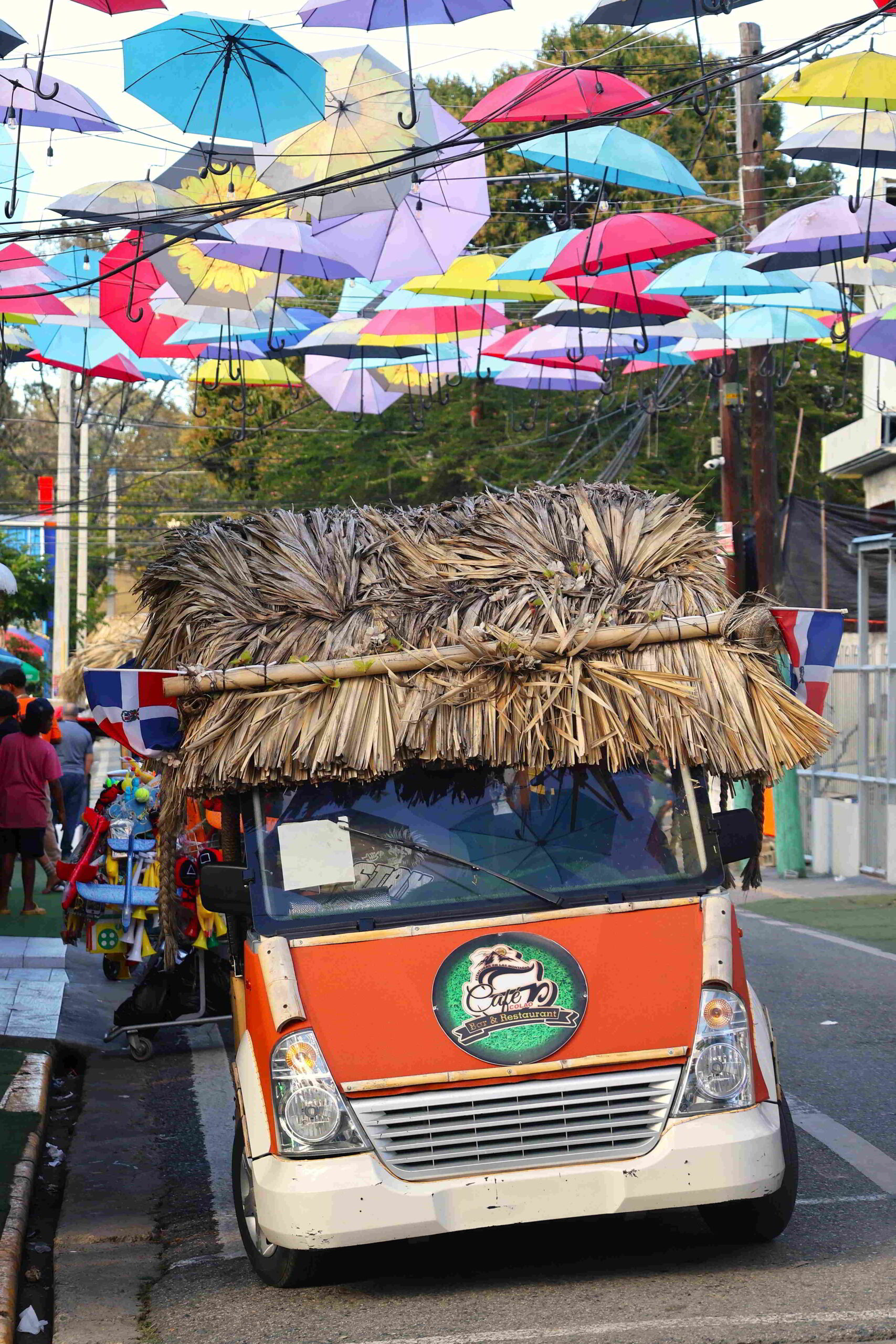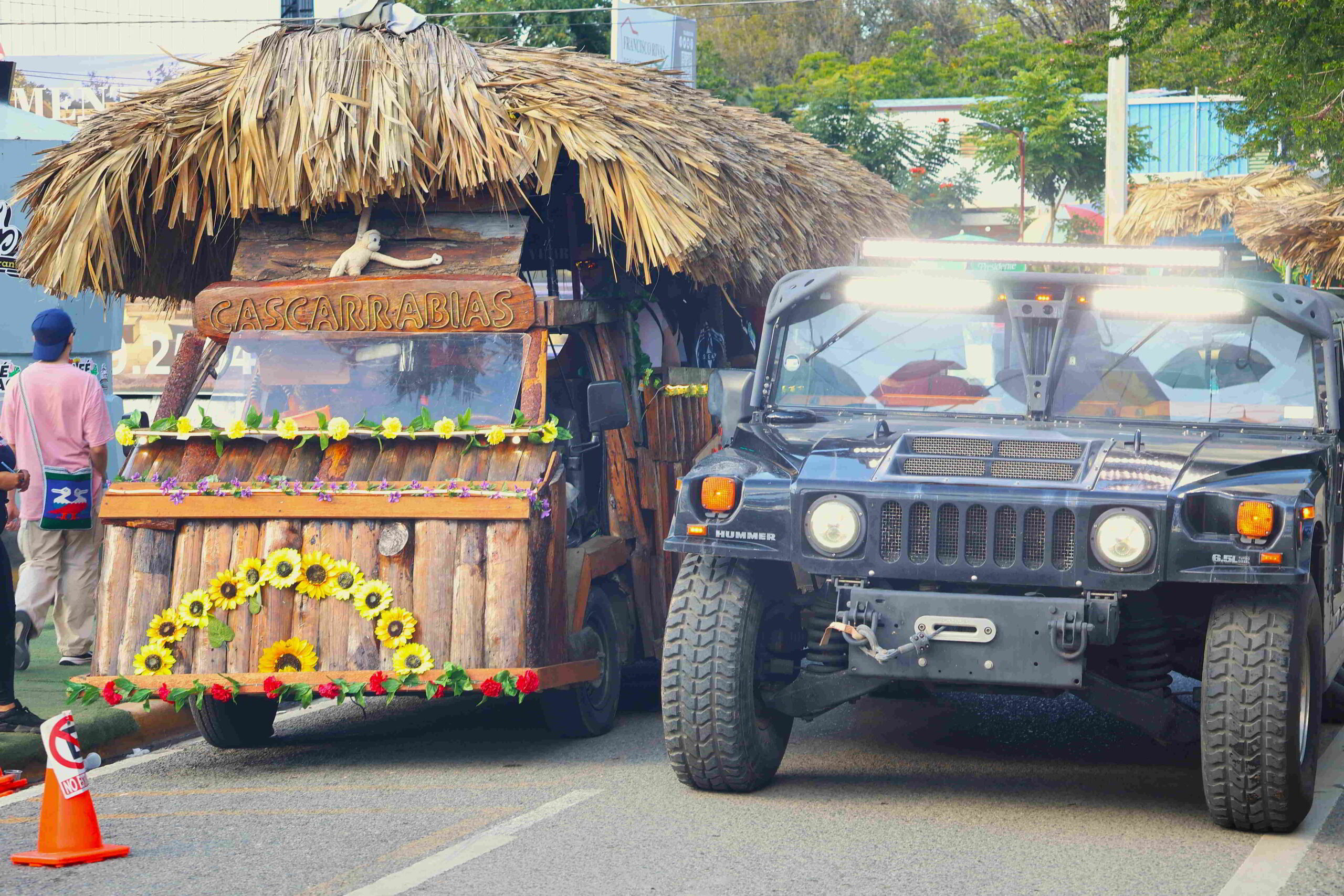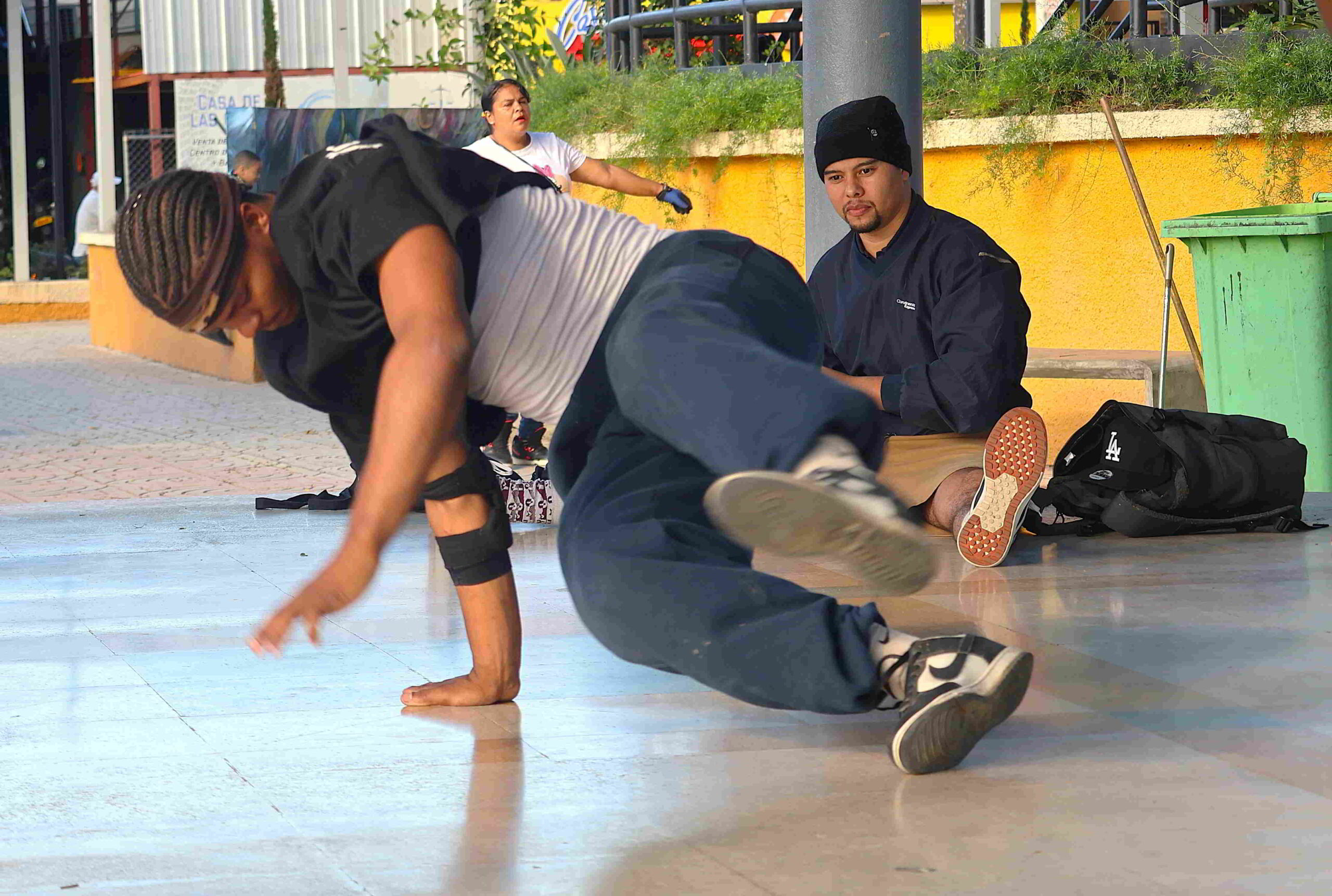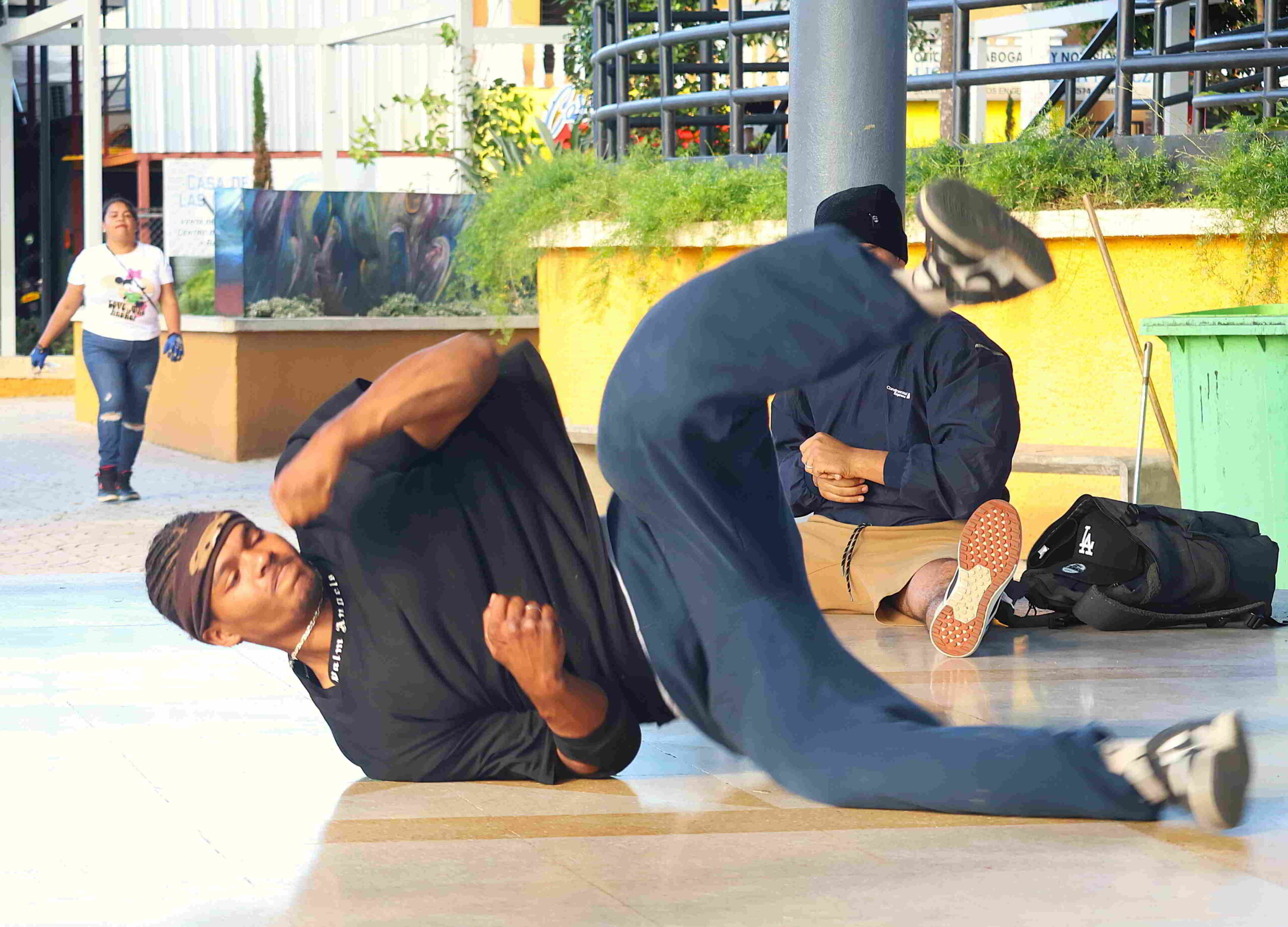February 16, 2025
I planned on waking up early enough so that I would have a leisurely amount of time to get ready for the day, pack my things, prepare and eat breakfast, then allow for a generous amount of time to get to the bus station, taking into account how bad traffic can get in Santo Domingo. Everything unfolds relatively smoothly, until the InDrive vehicle glides eastward in the direction of the Caribe Tours station in the almost shockingly thin Sunday traffic, the driver then making several turns, and returning westward along Avenida 27 de Septiembre, the automated female driving assistant announcing the distance to the destination, it becoming increasingly clear that the driver is in fact returning to the house I left from. How could that even be? It seems that the driver had accepted the ride, but when he arrived at the house, he didn’t begin the trip, something I didn’t see as it hadn’t occurred to me to even check my phone once we had departed.
Finally, I arrive at the bus station and find myself rushing to ask random passers by whether some bus is heading in the direction of Jarabacoa at the smallest provocation. I am told repeatedly that I need not worry, the bus’s scheduled departure is at 11 am, that the bus’s arrival will be announced, and so on. It would seem to me that buses traveling in the direction of Santiago would pass through Jarabacoa, but no, despite traveling northward toward Puerto Plata, each bus travels to a slightly different combination of towns. In the end, there it is, a sleek, new coach emblazoned with Caribe Tours’s colours – and virtually no passengers. How can it be that so few people are traveling today? Maybe the popularity of traveling by bus mirrors the popularity of traveling by car on Sundays …
Traveling along the highway through the upper reaches of western Santo Domingo, the skyline is littered with the propriety of the mid-sized residential towers and their allowances for mundane embellishments, their single largest point of redemption a relative degree of modernity, but not much else. The buildings shimmer in the bright sunshine, and directly along the highway, workshops, large scale retail outlets, manufacturing facilities, then the urban conflagration diminishes substantially, and we glide along the perfectly paved highway with the jagged green ridges of hills lining the west, the sun plying their slopes in a play of light and dark, swaths of greens supplanted by what appear to be groves of poinsettia trees, the combination of green and red dramatic against the rich filtered light.
The bus stops in La Vega, a sprawling town on the freeway heading to Santiago, one of the largest towns in the country, although as of yet, there is little evidence of urban development north of the capital city, the sides of the highway ensconced in green, very little apparently wild, and yet very little seemingly cultivated agricultural land.
Departing from La Vega, we weave some distance to the southwest on a much narrower gauge road, the proliferation of small, comfortable roadside hotels and sprawling restaurants with ample terraces indicative of the resort stature of the area. The immediate confines of Jarabacao are somewhat more mundane, but for now, the bigger challenge will be attempting to take in the attractions of the place without the benefit of a vehicle – and that could be a difficult or costly proposition, specifically because there is no good local public transportation.
So what exactly are the attractions? There are several waterfalls to the east that are quite memorable, Saltos Baiguate, Jimenoa Uno and Jimenoa Dos, one of latter which is closed. They are accessible by road, but the roads leading to them are simply too obscure to warrant any public transport, at least in a world where people are so fixated on traveling by private car. The car hailing apps probably don’t work here, and taxis to these remote outposts will simply be very expensive – never mind having to keep them waiting for some indefinite amount of time. Lastly, even though the two waterfalls that can be visited are close to each other, you have to return all the way back to town in order to visit the other one.
A problem has arisen with the Airbnb – apparently the prior guests have left a plugged toilet, and as a result, the host wants me to take a comparable accommodation. That should be OK, I guess … although it was quite time-consuming finding an appropriate place to stay here, the prices quite high for such a small town. As I am about to see, the town enjoys a special status and popularity with visitors that also drives up prices considerably.
Not far from the bus station, the central square, with its foliage and adornments, most storefronts shuttered for the day of rest, although here and there, small shops remain open, particularly eateries, snack bars, and cafés. Indicative of the Dominican temperament, numerous establishments selling alcohol are very much open, even on the Lord’s day.
A few blocks to the south lies King Mofongo, an outdoor eatery where my palate is about to be challenged with a eponymous culinary specialty of this country. It seems remarkable that the staff takes so much time to prepare the food – making me think that perhaps going out to eat in this country is not such a good idea – when the elliptically-shaped plate is finally brought to the table with two thick medallions of fried plantain mashed with diced chicken and chicharron, and laden with grated cheese and a mildly spicy tomato-based sauce. To say that this food is filling is an incredible understatement …
My Airbnb is set in a comfortable suburban structure at the end of a cul-de-sac facing an abandoned green lot, ideal for privacy, as the chaos and mayhem of the revelers around the main square will later reveal. Not enormous, but certainly quite spacious, what with the large living room, kitchen, two bedrooms, and small bathroom, fully furnished and equipped with all the necessities, modern, clean, a far higher calibre property than that in Santo Domingo – or, for that matter, any of the properties I stayed in El Salvador. And it’s peaceful!
Interesting architectural details abound in the neighborhood, such as stone balusters in unusual shapes and metal grills that billow out from verandahs. One house nearby stands out, with its stone fence inlaid with sheet metal balusters moulded into sinuous and unexpected shapes. Here, as on the route to the village, unusual flowers and trees abound, cladding the small, somewhat prosperous burg in a veil of almost ethereal beauty.
Returning to the centre of town, it’s simply hard to wrap my head around the degree of revelry visible on the main square and in the streets around. Locals race in the streets surrounding Parque Duarte on motorbikes – not just scooters – and ATVs, the noise deafening, never mind trucks with open-sided rear seating compartments covered with mats of thatch for the tiki effect, music blaring from the crowded vehicles at full volume.
Music – largely merengue and variants – blares from houses and cars at a deafening volume, the vehicles in question featuring large domestic speakers hooked to the car sound systems for maximum impact. The real spirit of the Dominican Republic comes through in this small town, certainly something that is not very visible from the relatively safety of the tourist or wealthy zones of Santo Domingo.
And the nature of the Dominicans here is also entirely different, the people open, relaxed, and welcoming, with no sense of edge or fear in the air. The physical environment certainly doesn’t seem to favour the presence of the impoverished, judging by the relative opulence of the housing that surrounds Parque Duarte. There are a few ambulatory vendors wandering the central streets, but while they may have a relatively limited customer base, they also enjoy very limited competition.
The benches on the main square are full of locals, families, couples, groups of young males, and few elderly, although the energy of the gathering is probably far too high for older people to feel all-too-comfortable. On one end, the thatch-roofed party vehicles seem to gather, and even more ridiculously, an oversized Hummer that couldn’t possibly fit comfortably on many of the narrower streets.
In a gazebo, a group of young men practice their breakdancing skills, and judging from the limited performances that I watch, they are quite skilled, a brief interlude of dancing followed by throwing themselves onto the ground and spinning wildly, balancing on some part of the body, the shoulder, the head, or the glutes, and rocking back and forth, the entire motion tightly choreographed and executed with dizzying speed. Not for the faint of heart or those with middling gymnastic skills!
A coffee in the Café Tinaja, apparently one of the go-to places in town, doubling as a bakery, and adjoining a set of mid-sized independent grocery stores that fall short in the usual way, with mediocre merchandise lacking prices, poor quality produce, and so on. Then the trek back to the Airbnb, the loud throbbing of the motorcycle and ATV engines continuing to race around the town centre, the blaring music closer to the Parque Duarte, the bars and shops selling alcohol with their doors flung wide open, and the general sense of reverie and celebration that is very Caribbean, although certainly unexpected on a Sunday evening.
